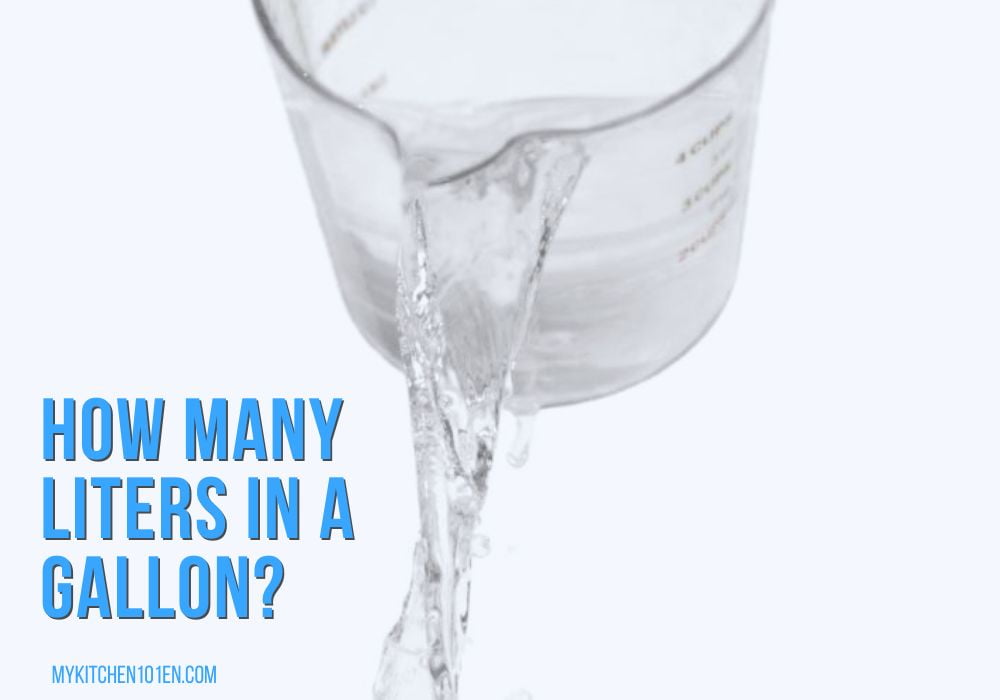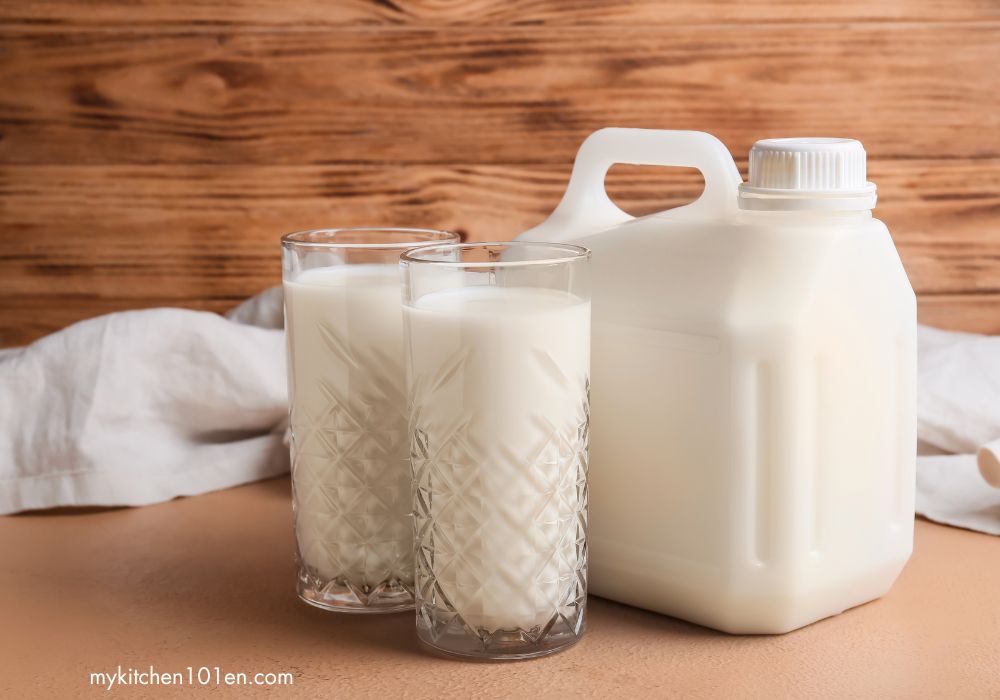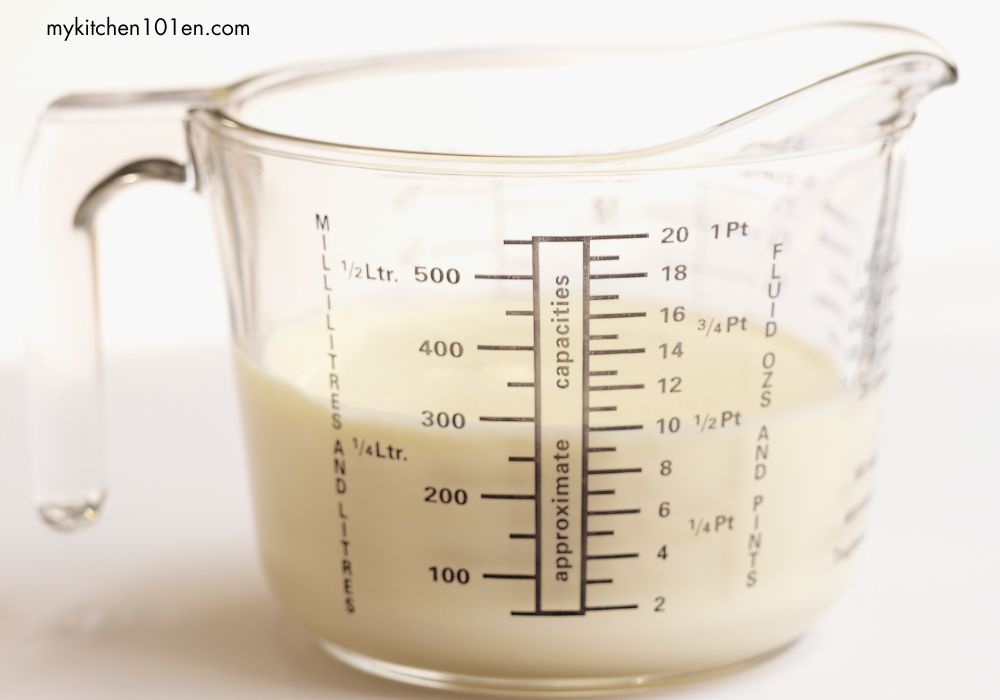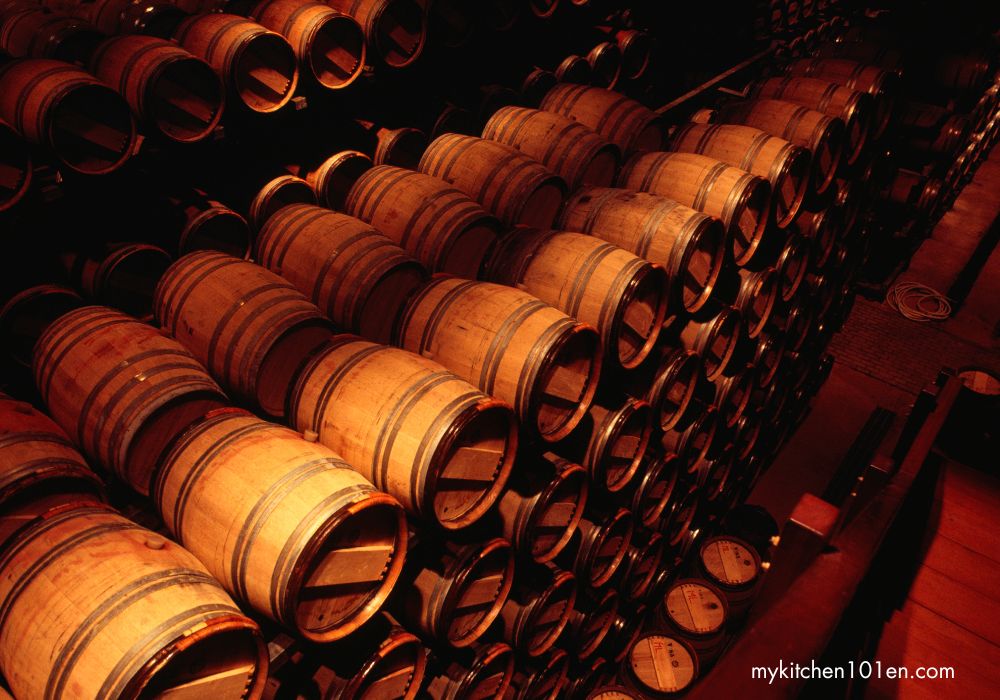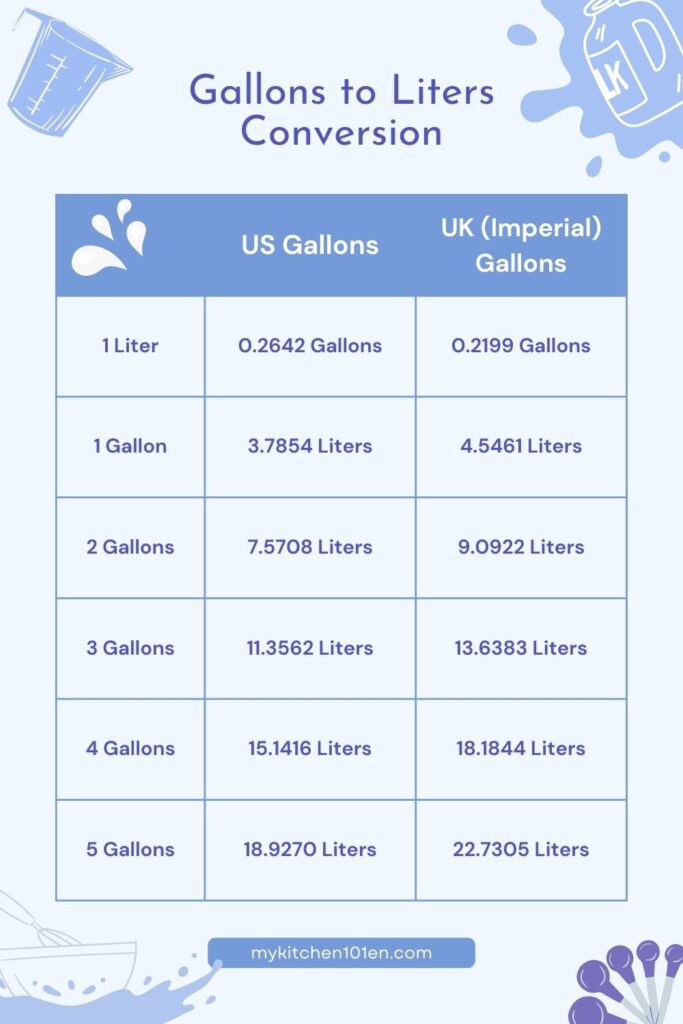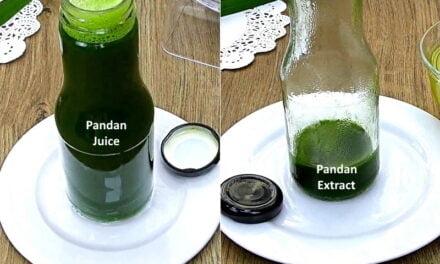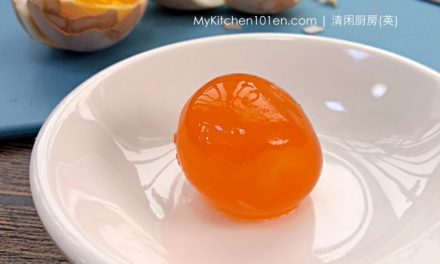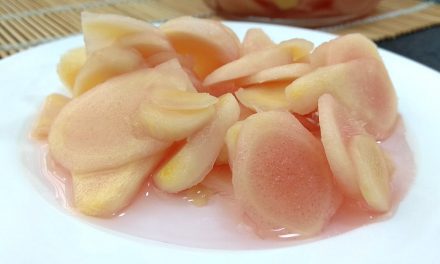The Importance of Converting Units of Measurement
Units of measurement are a crucial part of our daily lives. They allow us to quantify, compare and communicate information about everything from the length and weight of objects to the volume and temperature of liquids.
However, it can sometimes be challenging to understand how different units relate to each other, especially when dealing with units from different systems or countries. This is where unit conversion comes in handy.
1 US liquid gallon = 3.78541 Liters
½ gallon = 1.89271 Liters
In this article, we will focus on one particular conversion – that between liters and gallons. Understanding this conversion rate is important for various industries and everyday life, as it allows us to make accurate measurements in both metric (liters) and imperial (gallons) systems.
Table of Contents
The Basics: What Are Liters and Gallons?
Before diving into the specifics of converting liters to gallons or vice versa, let’s first define each unit.
What is a Liter and its origin
A liter is a unit of volume measurement used in the International System of Units (SI).
A liter is defined as the amount of space occupied by one cubic decimeter or 1000 cubic centimeters.
The liter is commonly used worldwide in scientific contexts such as chemistry or medicine; also used commercially in many industries including automotive, agriculture, and hospitality (e.g., bars) among others.
The use of liters as a unit of measurement dates back to 1795 when the French Academy of Sciences proposed it as part of the metric system. It was officially adopted by France in 1799 and has since become a standard unit used worldwide.
What is a Gallon and its Origin
A gallon is also a unit of volume measurement, but it is commonly used in the United States and some parts of Latin America, particularly for measuring liquid substances like gasoline, milk, or beer. There are two types of gallons: U.S. gallons and imperial gallons.
The U.S. gallon, also known as a wine gallon, is defined as exactly 231 cubic inches or approximately 3.785 liters (rounded to five decimal places).
The imperial gallon, on the other hand, which is prevalent in Canada and some Commonwealth countries, equals about 4.546 liters or approximately 277 cubic inches.
In terms of volume comparison, a US gallon is approximately 3.785 liters, smaller than a UK (Imperial) gallon which stands at about 4.546 liters.
Comparing Liters vs Gallons
While both units are used to measure volume, there are significant differences between liters and gallons.
| Gallon (U.S. and Imperial) | Liter | |
|---|---|---|
| Conversions | One U.S. gallon is equivalent to 3.785 liters, whereas one imperial gallon is equivalent to 4.546 liters | One liter is equivalent to 0.2642 U.S. gallons and 0.2199 imperial gallons |
| Usage | Primarily used in the United States and its former colonies such as Liberia, Belize, and Myanmar | Used globally in the metric system due to its ease of conversion into other units like milliliters and centiliters, making it easier for science and industry applications |
| Precision | Fewer decimal places, resulting in less precise measurements | More decimal places, allowing for more precise volume measurements |
Knowing the differences between liters and gallons is important for people who deal with liquid measurement every day.
Understanding these units of measurement helps prevent accidents or mistakes when converting between the two systems of measurement- especially important when working within different industries or traveling internationally where one unit may be preferred over another.
How Many Liters in a Gallon?
The conversion rate between liters and gallons is essential for various industries, including automotive, agriculture, cooking, and travel.
One gallon is equivalent to 3.78541 liters.
Before the adoption of the metric system, gallons were defined differently in different countries. However, even after adopting SI units, some countries still use different types of gallons (e.g., US liquid gallon vs. imperial gallon), which can cause confusion when converting between liters and gallons.
Easy Conversion Tips: The Handy Table
To simplify your conversion tasks, here is a straightforward conversion table:
| US Gallons | UK (Imperial) Gallons | |
|---|---|---|
| 1 Liter | 0.2642 Gallons | 0.2199 Gallons |
| 1 Gallon | 3.7854 Liters | 4.5461 Liters |
| 2 Gallons | 7.5708 Liters | 9.0922 Liters |
| 3 Gallons | 11.3562 Liters | 13.6383 Liters |
| 4 Gallons | 15.1416 Liters | 18.1844 Liters |
| 5 Gallons | 18.9270 Liters | 22.7305 Liters |
The Importance of Knowing This Conversion
Using Liquid Measurement Conversion in Cooking and Baking
The ability to convert between liters and gallons can significantly streamline your cooking and baking experience, especially when working with recipes that use different measurement systems. Some common examples include:
- Regional Recipe Conversion: Recipes from different countries can use different units of measurement. Many recipes from Europe, for instance, will use liters and milliliters (mL), while recipes from the United States are more likely to use cups and gallons. If you frequently use international recipes, being comfortable with converting these units can make things a lot easier.
- For example: To convert a recipe that calls for 500 mL of water into gallons, you need to divide it by 3.78541 (the number of liters in one gallon). This gives you approximately 0.13 US gallons.
- Tools and Equipment: Not all kitchen tools and equipment use the same units of measurement. You might have a measuring jug that measures in liters, but a recipe that uses cups, or vice versa. Being able to convert between these different systems of measurement can be essential for getting a recipe just right.
In all of these scenarios, understanding liquid measurement conversion can make the difference between a recipe’s success or failure. The exact conversion rate ensures greater accuracy, and ease of preparation and simplifies complex calculations related to volume measurement.
Specific Industries Where This Knowledge is Crucial
Several industries require an understanding of the conversion between liters and gallons for accurate measurements.
- The food industry relies on precise measurements for recipe development and cost management purposes. In brewing, converting volume measurements is vital when calculating the amounts of ingredients needed for a specific batch size.
- In agriculture, farmers need to measure accurate volumes of fertilizers, herbicides, and pesticides. It is essential for them to know how many gallons of liquid they need to fill their sprayer tanks accurately.
- The automotive industry uses both liters per 100 km (L/100km) fuel consumption and miles per gallon (MPG) to determine vehicle efficiency.
- Construction companies also require knowledge of this conversion when estimating materials required for projects such as concrete mixtures or paint quantities.
How Knowing This Conversion Can Save Time, Money, and Resources
Understanding the conversion between liters and gallons can save time by avoiding unnecessary conversions back and forth between units during calculations.
Moreover, it can prevent mistakes due to incorrect conversions that could result in costly errors in various industries such as medicine dosages or chemical mixing ratios.
Knowledge about liquid volume measurements also helps people save money by enabling them to make informed purchasing decisions based on quantity needs. Instead of overbuying or underbuying products due to confusion regarding measurement units.
Furthermore, having a clear understanding of how many liters are in a gallon can help save resources in various industries. For instance, an accurate estimation of fuel required for a trip can help reduce environmental impacts by reducing the amount of fuel consumed.
Fun Facts About Liters and Gallons
The Historical Significance of Liters and Gallons
Did you know that the gallon has been in use as a unit of measurement for over 1,000 years? The word “gallon” comes from Old Northern French galon meaning “a liquid measure.”
Its use as a unit of measurement was standardized by King Edward I in 13th-century England for quantifying volumes of wine in casks, thereby marking over a thousand years of the gallon’s usage. The size of the gallon, however, has varied throughout history and across different industries, especially those involving liquids such as wine and ale.
On the other hand, liters have only been in use since the late 18th century when they were introduced as part of a metric system that aimed to standardize units across Europe. The word “liter” comes from the French unit “litron”.
When the liter was first introduced, it was defined as the volume of a cube that measures 10 centimeters on each side – this cube is known as a cubic decimeter. This makes the liter a perfect unit for measuring volumes, especially for liquids, which is how we often use it today.
Liters and Gallons Around the World
While liters and gallons are both units for measuring liquids, they are not used universally around the world. For example, in Canada and America, gallons are used to measure gasoline while in Australia gasoline is measured in liters.
In some countries like South Africa and India, milk is sold by volume but measured in liters while beer is sold by volume but measured in pints or fluid ounces.
In Japan, a traditional unit for measuring sake is called a “gō” which equals approximately 180 milliliters or one-tenth less than an American cup size (200 mL).
Meanwhile, Korea uses its own traditional measurements such as “jang” which is close to one liter.
Unique Uses for Liters and Gallons
Liters and gallons aren’t just used for household liquids like water or cooking oils. In some countries, fuel is sold by the liter but beer is sold by the gallon? This may seem a bit bizarre, but it’s true.
In Ireland, pubs often sell beer in pints or half-pints. However, they also sell larger quantities in “bottles,” which are actually plastic containers that hold roughly 2.5 gallons (9.5 liters) of beer.
Conclusion
Understanding the conversion between liters and gallons is essential for various industries and everyday life. Knowing this conversion can save time, money, and resources.
Additionally, understanding this conversion can prevent mistakes in cooking recipes or measuring liquids for chemical reactions.
It’s interesting to note that while the metric system is widely accepted around the world as a standard unit of measurement for science and engineering, the United States continues to use their own system known as the imperial system. However, with globalization on the rise and increasing collaboration between countries, it’s essential to have a basic understanding of both systems and conversions between them.
Overall, learning how many liters are in a gallon is just one small step toward becoming more knowledgeable about units of measurement. With this knowledge comes efficiency, accuracy, and an appreciation for how these units have evolved over time.
- How Many Grams In An Ounce?
- Converting Ounces to Cups: A Handy Cheat Sheet for US Measurements
- Teaspoons to Tablespoon
FAQs
What is a gallon?
A gallon is a unit of volume primarily used in the United States, but also in some Latin American and Caribbean countries. There are two types of gallons: U.S. gallons and imperial gallons. A U.S. gallon is defined as exactly 231 cubic inches and is approximately 3.785 liters, while an imperial gallon is approximately 4.546 liters.
What is a liter?
A liter is a unit of volume in the International System of Units (SI). It’s commonly used worldwide in scientific, commercial, and domestic contexts. A liter is defined as one cubic decimeter, equivalent to 1,000 cubic centimeters.
How many liters are in a gallon?
In U.S. measurements, one gallon is approximately 3.785 liters. However, if you’re using imperial measurements (used in the UK and other Commonwealth countries), one gallon is approximately 4.546 liters.
Why are there different measurements for gallons?
Historically, different systems of measurement developed in different regions and countries. The U.S. customary system includes the U.S. gallon, while the imperial system, which originated in the UK, includes the imperial gallon. These different systems continue to be used in their respective regions and countries.
Why is it important to know the difference between U.S. and UK gallons?
Knowing the difference between U.S. and UK gallons is crucial, particularly when following recipes, measuring substances in scientific experiments, or calculating fuel efficiency. The difference could significantly impact the result, as an imperial gallon is larger than a U.S. gallon.
What are some easy conversion tips between liters and gallons?
Remember that one U.S. gallon is approximately 3.785 liters and one imperial gallon is approximately 4.546 liters. To convert from gallons to liters, you can multiply the number of gallons by these numbers. Conversely, to convert from liters to gallons, divide the number of liters by these numbers. Using conversion apps or online tools can also help.
How many liters in a half gallon?
A half-gallon in the United States is approximately 1.89271 liters.
Does 4 liters equal 1 gallon?
No, 4 liters does not exactly equal 1 gallon. In the U.S. measurement system, 1 gallon is approximately equal to 3.78541 liters. So, 4 liters is slightly more than 1 U.S. gallon.

